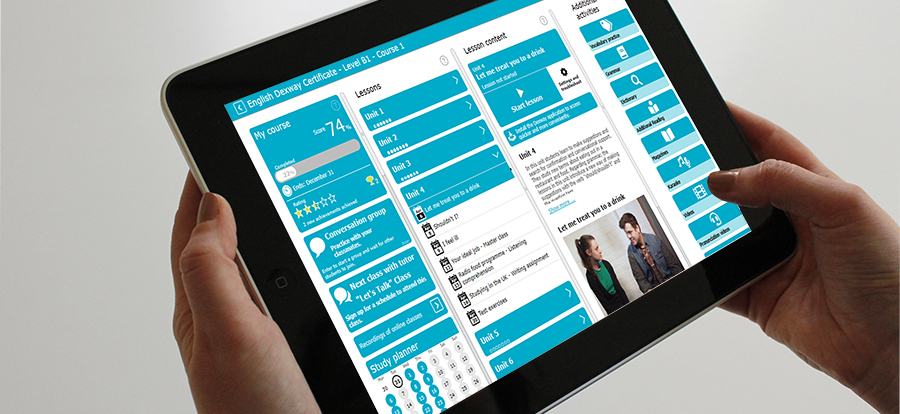Going Green
By KARIN RIVES
U.S. universities cut greenhouse gas emissions.
In the next year-and-a-half, Yale University will be halfway to its goal of trimming greenhouse gas emissions by 43 percent by 2020. University President Richard Levin announced this almost casually, while talking about his school’s ambitious environmental plans at an energy conference last year.
If things go as planned, by next year, the 11,500-student university in New Haven, Connecticut, will have managed to reduce its annual emissions by some 70,000 metric tons below 2005 levels.
“We’re doing this to demonstrate to whoever is listening—and to our students, who are the leaders of tomorrow—that our institutions can actually make a difference,” Levin says.
Any organization, anywhere, can cut emissions, he adds. “It’s possible, and it’s not even expensive if you really make the right decisions.”
Yale is not alone. During the past four years, 677 universities and community colleges across the United States have pledged to become climate-neutral. This means that they will produce no net emissions of carbon dioxide or other gases that some scientists believe cause a rise in global temperatures.
Of those, 535 schools have submitted greenhouse gas inventories and 320 have crafted plans spelling out how and when they will meet their zero-emissions goal.
There has also been interest internationally, says Georges Dyer, a vice president at Second Nature, a Boston-based nonprofit that manages the American College & University Presidents’ Climate Commitment network. Universities in Scotland recently started a group modeled after the U.S. network, he says. University leaders in Taiwan, Peru and Australia have also expressed an interest in working with the American university presidents to get initiatives going.
Some schools were concerned about their greenhouse gas emissions long before climate change became a top issue.
Duke University, with 14,000-plus students in Durham, North Carolina, has been tracking its emissions for more than a decade and says it will be climate neutral by 2024. Without its climate action plan, the growing university would be releasing an estimated 426,500 metric tons of greenhouse gases annually by 2050.
Duke has more than 30 Leadership in Energy and Environmental Design (LEED)-certified green buildings and spent years retrofitting a central power plant that runs on coal, recycled oil and natural gas to make it more fuel efficient. The goal is to eventually move away from coal use.
Duke students are encouraged to reduce their carbon footprint, for example, by using an electronically managed bike rental service and by recycling garbage. With nearly one-quarter of the school’s emissions coming from transportation, the university plans to offer economic incentives to employees who use transportation other than self-driven cars and to push for more regional public-transit options.
But such initiatives won’t be enough to make Duke carbon-neutral 13 years from now. So the school is developing a carbon-offset program to make up the difference. Carbon offset involves a reduction in carbon dioxide or other greenhouse gas emissions made to compensate for emissions elsewhere.
On the program’s to-do list is a new waste management system for North Carolina pig farms that will control greenhouse gas emissions and generate renewable energy, says Heather Hosterman, a Duke Carbon Offsets Initiative policy associate. “By investing in it, we can count it as an offset,” she says.
Some of the most active schools in the American College & University Presidents’ Climate Commitment network have been community colleges, which focus on post-secondary and continuing education to prepare students for jobs or four-year college.
Chandler-Gilbert Community College in southern Arizona, for example, has implemented a series of energy, recycling and water-conservation programs. The Chandler-Gilbert system expects to become climate-neutral by 2030.
All paper products, aluminum cans and plastic bottles on campus are recycled, and all cleaning detergents have been changed to biodegradable products. College vehicles are gradually switching to hybrids, and all new buildings are being built to receive at least a LEED Silver certification from the U.S. Green Building Council.
The Chandler-Gilbert climate action plan has raised environmental awareness among students, but it’s so “integrated into all aspects of our students’ experiences…that our students aren’t necessarily aware of the changes,” says Trish Niemann, a college spokeswoman.
Yale, meanwhile, has spent the last few years retrofitting labs, classrooms, offices and student dorms with new windows and insulation to make them more energy efficient. More than half a dozen new campus buildings are LEED-certified.
To lessen its reliance on fossil-based energy, the university spent $70 million to convert one of its two power plants to a natural gas-fueled cogenerating facility that produces steam heating and chilled water in addition to electricity. The new plant alone will reduce the school’s emissions by 20,000 metric tons of carbon equivalent per year.
Yale estimates that it will meet its 2020 climate commitment by spending less than 1 percent of annual operating expenses and that it will save money in the long run. “It’ll have paybacks,” Levin says.
Karen Rives is a staff reporter with America.gov.



